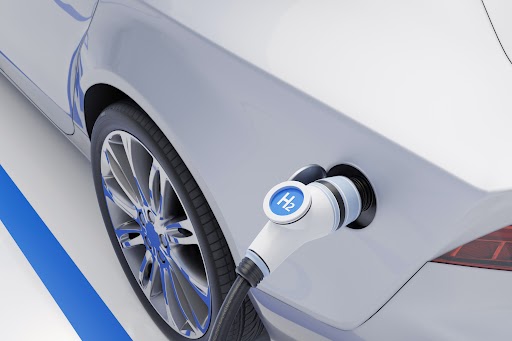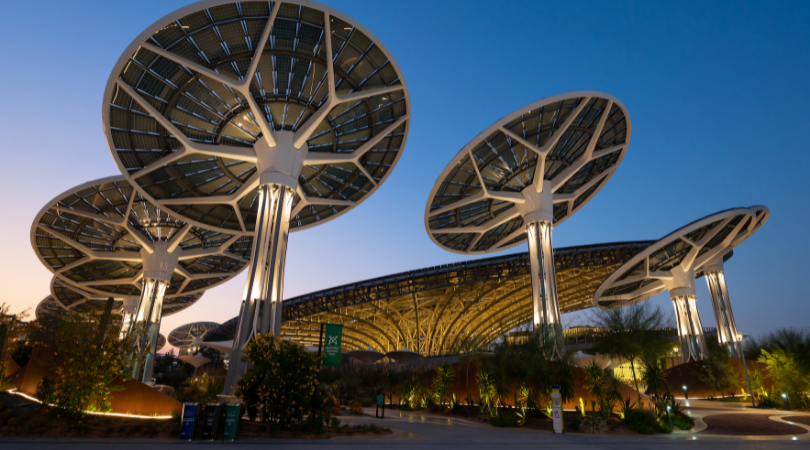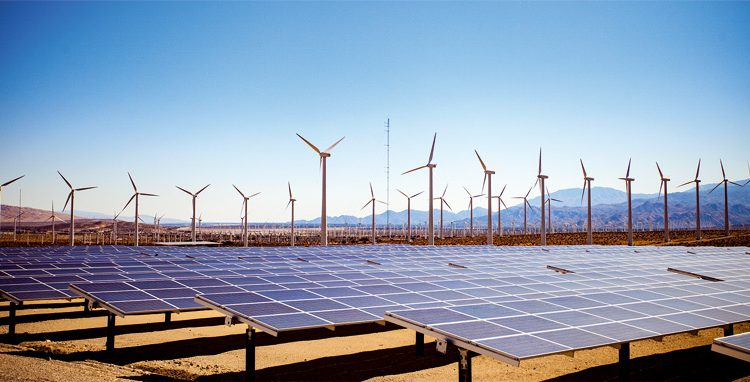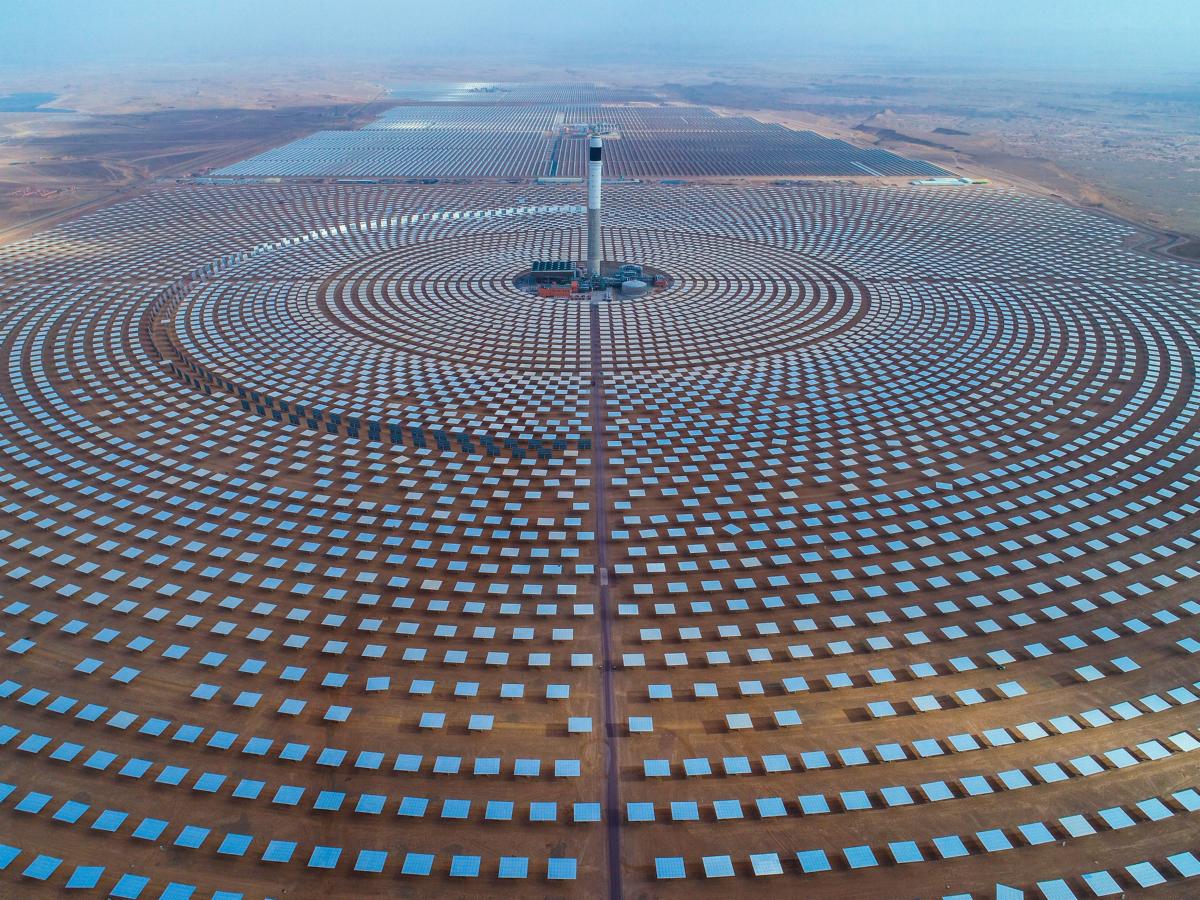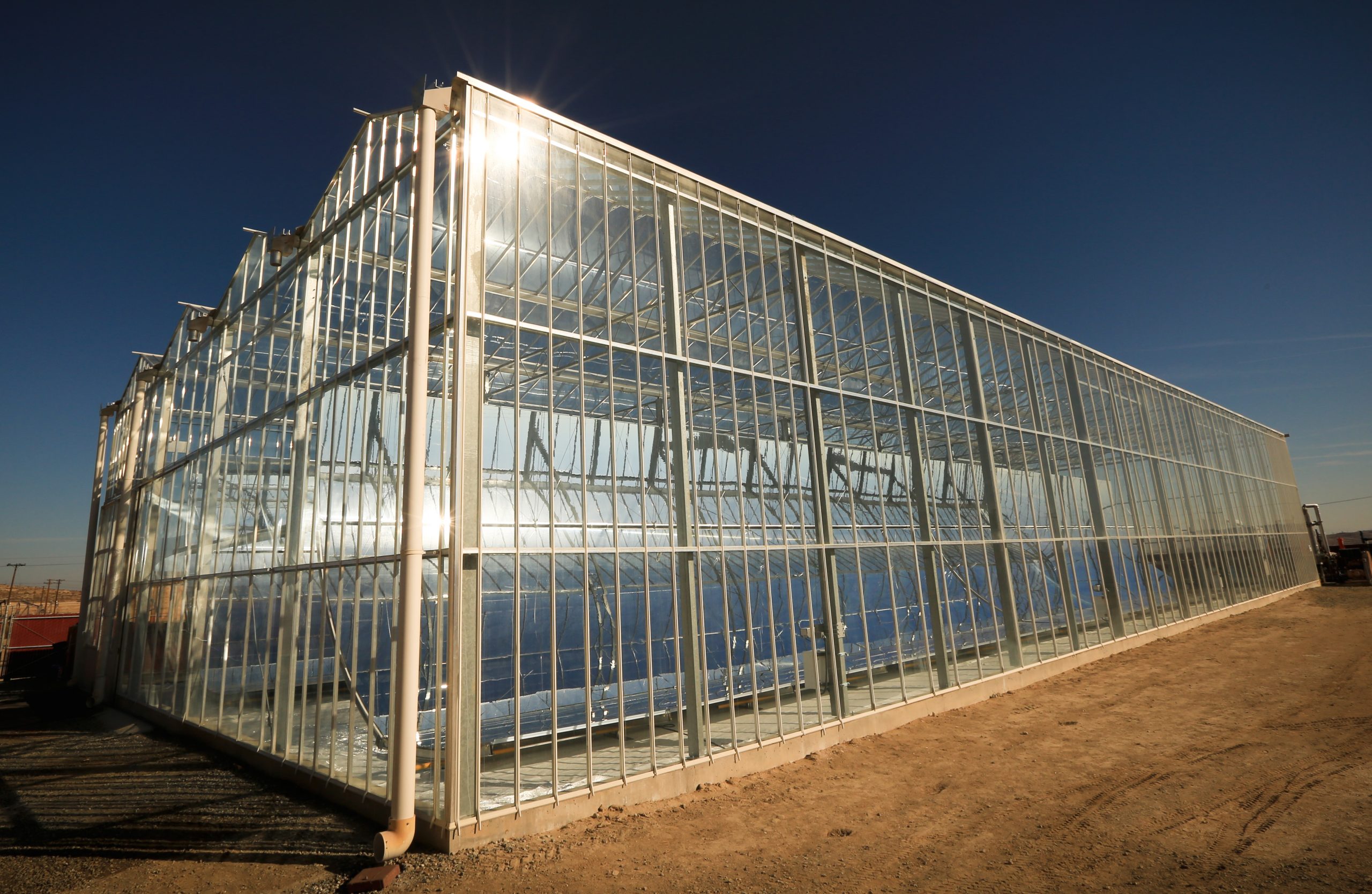Angola: Economic growth and human development walking hand in hand?
From oil and gas to diamonds and other minerals, Angola is extremely rich in natural resources and its economy is deeply influenced by them. Proof of this is that 42.39% of the country’s GDP (Gross Domestic Product) in 2013 was due to Oil and Diamonds alone. On the other hand, Angola is listed as a Low Human Development Country and it is estimated that over 54% of its population lives on less than 2 USD a day. Having said that, this article attempts a short journey at some of the Angolan natural resources to understand if their economic impact can be translated into social development.
Let’s start with a quick journey through some of the country’s treasures
Oil & Gas (O&G)
According to EIA (Energy Information Administration), the Angolan oil sector went through a period of great expansion and development between 2002 and 2008, with the beginning of production at several deepwater fields. In the mentioned period, the oil production grew more than 15% year-over-year. By the end of 2013, Angola’s proved crude oil reserves were 9,011 million barrels and nowadays the country is the second largest oil producer in SSA (Sub-Saharan Africa), after Nigeria.
In the Natural Gas front, Angola is ranked the second country in the SSA region with biggest proven reserves, which ascend to 9.7 trillion cubic feet (Tcf). Investment has been done in this sector, with the construction of the country’s first and only LNG (Liquefied Natural Gas) Plant, at Soyo, Zaire Province. The plant started its activities in 2013, with its first export to Brazil. Currently, the plant is shut down due to technical problems, but it is expected to resume activities by the end of 2015.
Oil & Gas production and its supporting activities contribute about 42.4% to the country’s GDP. They also represent 80% of the Government’s tax revenues, and constitute more than 90% of Angolan exports. Surprisingly though, this sector represented only 0.47% of the total Angolan workforce in 2013 (1.9% considering the indirect jobs associated to supporting activities).
Angola’s dependence on oil and its consequent susceptibility to oil price variations must be considered carefully, since it can play either against or in favour of the economy. The drop in oil prices witnessed during the global financial crisis reflected in a 2.4% fall in GDP growth in 2009. On the other hand, when the prices went up in 2012, the GDP growth rate rose by 6.8 %. The 60% fall in oil prices between June 2014 and January 2015, contributed to an 8% devaluation of the Angolan Kwanza between September 2014 and beginning of March 2015. According to the World Bank, Angola is estimated to have recorded a fiscal deficit in 2014, for the first time since 2009, in part due to oil-price fluctuations.
Diamonds and other minerals
Diamonds represent the country’s second biggest export in terms of value and 0.8% of Angola’s GDP. However, similarly to the O&G sector, it only contributes to less than 1% of the country’s workforce (0.7 %).
In 2013, Angola was the third biggest diamond producer in value in Africa and the fifth in the world, reaching 1,278 million USD. However, it is estimated that only 40% of the country’s diamond potential has been explored. Additionally, there are many other minerals in Angolan soil that may represent an investment opportunity, amongst them are uranium, iron ore, phosphates, copper, feldspar, gold and bauxite.
Economic Growth Vs Human Development
Angola is an upper middle income country, very rich in natural resources and one of the Sub-Saharan countries with the highest economic growth in the past years. As stated by the Central Bank of Angola, the country’s GDP growth rate reached 23.2% in 2007 and kept an average growth of 8.7 % year-over-year from 2007 to 2012 . The World Bank forecasts that in 2015, the oil and non-oil GDPs are expected to grow 3.0% and 6.7%, respectively. These are good news for Angola because the country must find alternatives to overcome its dangerous reliance on oil.
By now, there are probably some questions echoing in your mind:
Angola is one of the fastest growing economies in the SSA region (although 2014 was a tough year), but what about the people’s living conditions? What about human and social development? Are these indicators following the same upwards tendency as the economic growth?
Well, the last Human Development Report by the United Nations may help us answer these questions. According to this report, Angola ranks 149th in the HDI (Human Development Index), with a score of 0.526, which corresponds to Low Human Development. Furthermore, President Eduardo dos Santos affirmed last year that 54% of the population were living on 2 or less USD a day. These figures are frightening as they show that Angola still has a long way to go before they can eradicate poverty, eliminate inequality, assure proper education and provide good health conditions to everyone. However, we should also take into consideration that in 2000, the poverty rate stood at 92% and declined a lot since then. In addition, the HDI has increased 39.6% since 2001. Actually, Angola shows the third highest HDI growth rate from the 187 countries examined and its index is bigger than the SSA average. Even if occurring at a slow pace, good changes seem to be taking place in Angola.
Ana Paula Fernandes Miranda,Analyst, Infomineo
Sources:
WorldBank
EIA Angola Report
Central Bank Angola
You may also like
Warning: Undefined variable $content in /var/www/sdomains/nexatestwp.com/infomineo.nexatestwp.com/public_html/wp-content/themes/infomineo/single.php on line 235
Warning: Undefined variable $content in /var/www/sdomains/nexatestwp.com/infomineo.nexatestwp.com/public_html/wp-content/themes/infomineo/single.php on line 235
Warning: Undefined variable $content in /var/www/sdomains/nexatestwp.com/infomineo.nexatestwp.com/public_html/wp-content/themes/infomineo/single.php on line 235
Warning: Undefined variable $content in /var/www/sdomains/nexatestwp.com/infomineo.nexatestwp.com/public_html/wp-content/themes/infomineo/single.php on line 235
Warning: Undefined variable $content in /var/www/sdomains/nexatestwp.com/infomineo.nexatestwp.com/public_html/wp-content/themes/infomineo/single.php on line 235
Warning: Undefined variable $content in /var/www/sdomains/nexatestwp.com/infomineo.nexatestwp.com/public_html/wp-content/themes/infomineo/single.php on line 235


